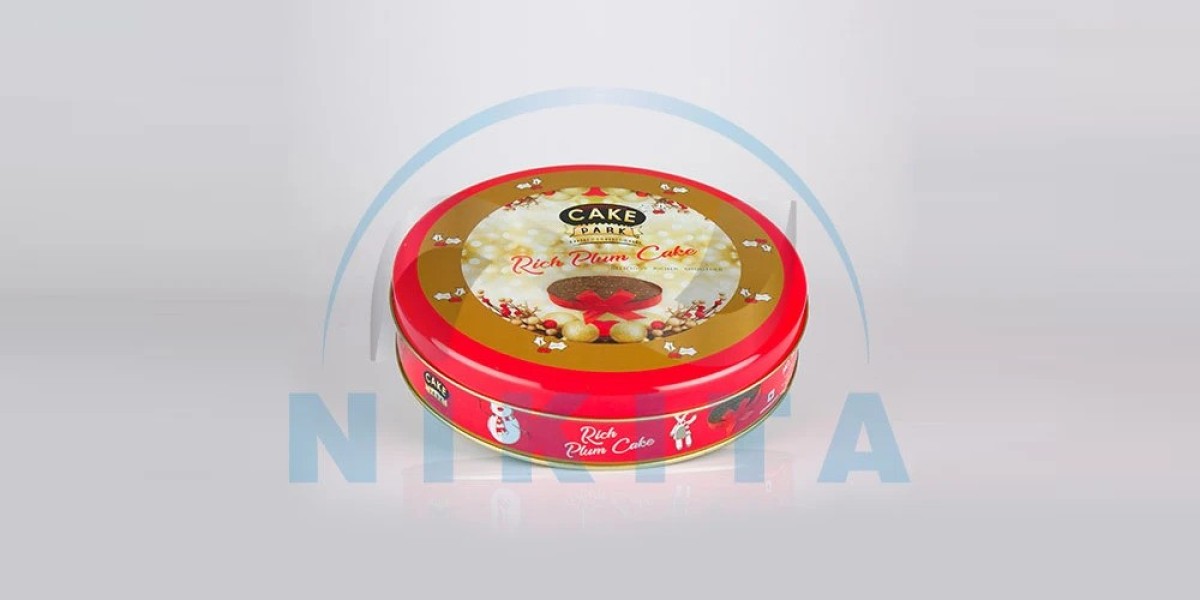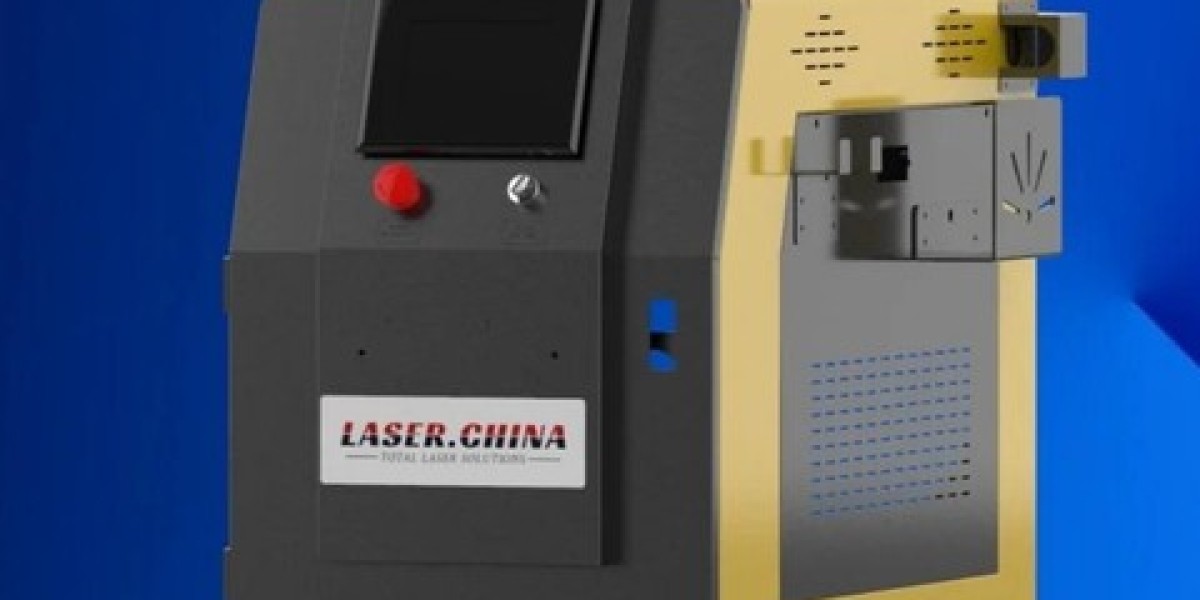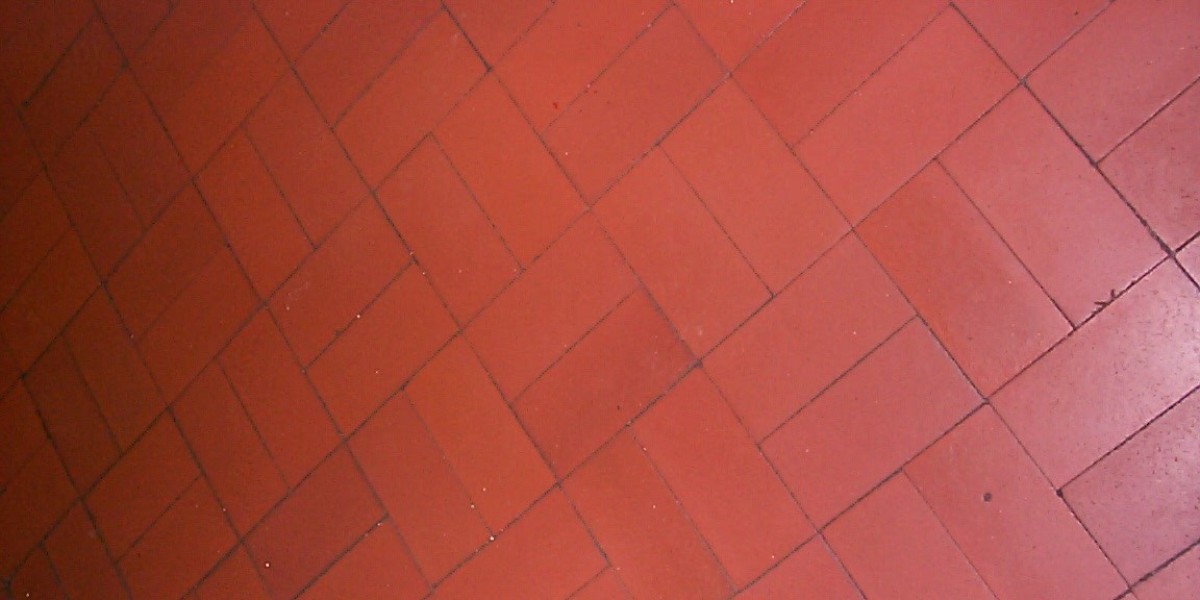Introduction
Choosing packaging today is more than finding a container. It is about caring for the environment, respecting the resources we use, and supporting materials that nurture a circular future rather than deplete it. As businesses and consumers look for safer, sustainable options, tin stands out for its unique ability to be recycled endlessly without losing its strength, purity, or protective qualities.
Tin plate packaging has become an anchor in sustainability conversations because it brings durability, safety, and environmental responsibility into one simple material. This caring approach to packaging is needed now more than ever in a world where waste is rising and brands must make conscious choices that protect both their products and the planet.
In this spotlight, the focus is on why tin is genuinely one of the most sustainable packaging materials available today and how it offers long term value to industries that rely on dependable protection.
Why Tin Can Be Recycled Forever
Tin behaves differently from many other packaging materials. Where plastic weakens after a few cycles and paper fibres break down, tin maintains its inherent strength every time it is reprocessed. This gives businesses and consumers the reassurance that every tin container has many lives ahead of it.
Tin plate is made using steel coated with a thin layer of tin. This combination forms a resilient structure that can undergo repeated melting and reforming without weakening. From food containers to personal care packaging, the reliability of tin remains consistent through every lifecycle.
This quality makes tin one of the most significant contributors to a true circular economy. Nothing is lost, nothing is wasted, and every recovered piece of tin has a future purpose.
The Caring Advantages of Tin in Modern Packaging
Packaging should protect, preserve, and care for its contents. Tin supports these values naturally, making it ideal for businesses seeking both quality and environmental responsibility.
Key advantages include:
• Retains complete material strength after recycling
Tin remains chemically stable and structurally sound, unlike plastic which loses clarity and durability with each cycle.
• Safe and non toxic for food and cosmetics
Tin plate protects contents from contamination, offering peace of mind for brands working in sensitive industries.
• Shields against light, bacteria, and moisture
Products stay fresher for longer, which helps reduce waste throughout the supply chain.
• Offers premium design possibilities
Tin allows vibrant printing and embossed finishes that create a refined, shelf ready appearance.
• Reduces environmental impact
With high global recycling rates, tin lowers reliance on virgin materials and reduces landfill waste.
These qualities are especially valued by brands that want packaging that does more than hold a product. Tin protects, preserves, and communicates care at every stage.
Why Tin Outperforms Other Recyclable Materials
In sustainability conversations, tin is often compared with other recyclable packaging materials. Understanding the differences is key for brands making informed choices.
Tin vs Plastic
Plastic weakens after recycling and often turns into lower grade products. Tin, however, returns to its original quality every time. This prevents downcycling and supports true circularity.
Tin vs Aluminium
While aluminium also recycles well, tin offers stronger structural integrity and better suitability for certain sensitive products. Many food and confectionery brands prefer the protective qualities of tin plate.
Tin vs Glass
Glass is infinitely recyclable but heavy. Transport weight increases fuel consumption and emissions. Tin provides similar recyclability with far lower environmental impact during distribution.
Tin vs Paperboard
Paperboard is renewable but cannot provide the same level of protection from moisture, light, and oxygen. Tin helps preserve aroma, flavour, and product safety far more effectively.
These differences show why many Tin Manufacturers highlight tin as the most responsible choice for long term packaging strategies.
How Tin Supports a Circular Packaging Future
Businesses are increasingly embracing circular practices that minimise waste and reuse valuable resources. Tin supports this shift through a naturally circular lifecycle.
How tin fits into the circular model:
• Recyclable indefinitely with no quality loss
• High recovery rates from household and industrial waste
• Strong value in scrap markets which encourages collection
• Requires less energy to recycle than produce new tin
• Reduces environmental strain by minimising raw material extraction
Tin not only supports greener supply chains but also helps companies demonstrate authentic care for the environment. This matters to modern consumers who expect brands to act responsibly and invest in sustainable materials.
Real World Care: Why Businesses Choose Tin
Industries that rely on sensitive packaging requirements often turn to tin for consistency and trust. Food, confectionery, cosmetics, wellness products, and premium gifting categories all value the strength and protective nature of tin plate.
Tin containers help brands reduce spoilage, extend shelf life, and uphold product integrity throughout global distribution. With growing attention on sustainability audits, tin also helps businesses meet environmental standards and corporate goals without compromising quality.
For buyers seeking materials that offer a balance of sustainability, durability, and presentation, tin remains one of the most thoughtful choices.
Conclusion
Tin continues to stand out as one of the most caring and sustainable packaging materials available today. Its ability to be recycled endlessly without losing quality makes it a reliable partner for brands that value both product protection and environmental responsibility. The trust placed in tin comes from years of proven performance and its alignment with global sustainability efforts.
Nikita Containers, founded in 1993 in Umbergaon, Gujarat, has grown from a small aluminium tube manufacturer to a global supplier of high quality metal containers. Serving industries such as food, confectionery, cosmetics, and custom packaging, the company supports environmentally responsible growth with durable and fully recyclable tin plate solutions. With a mission grounded in excellence, trust, and innovation, Nikita Containers continues to contribute to sustainable packaging worldwide.
FAQs:
Frequently Asked Questions
Is tin really endlessly recyclable?
Yes. Tin can be recycled repeatedly without losing strength, purity, or protective properties.
Why do brands prefer tin for food packaging?
Tin offers natural protection from light, moisture, and bacteria while keeping flavours and aromas intact.
Is tin safer than plastic?
Tin is non toxic, stable, and free from chemical migration concerns that are common with many plastics.
Does tin offer good branding potential?
Tin provides excellent printability and premium finishes that give products a distinctive shelf presence.
How does tin support sustainability goals?
Tin reduces the need for virgin materials, has high recycling rates, and fits naturally into circular economy models.








